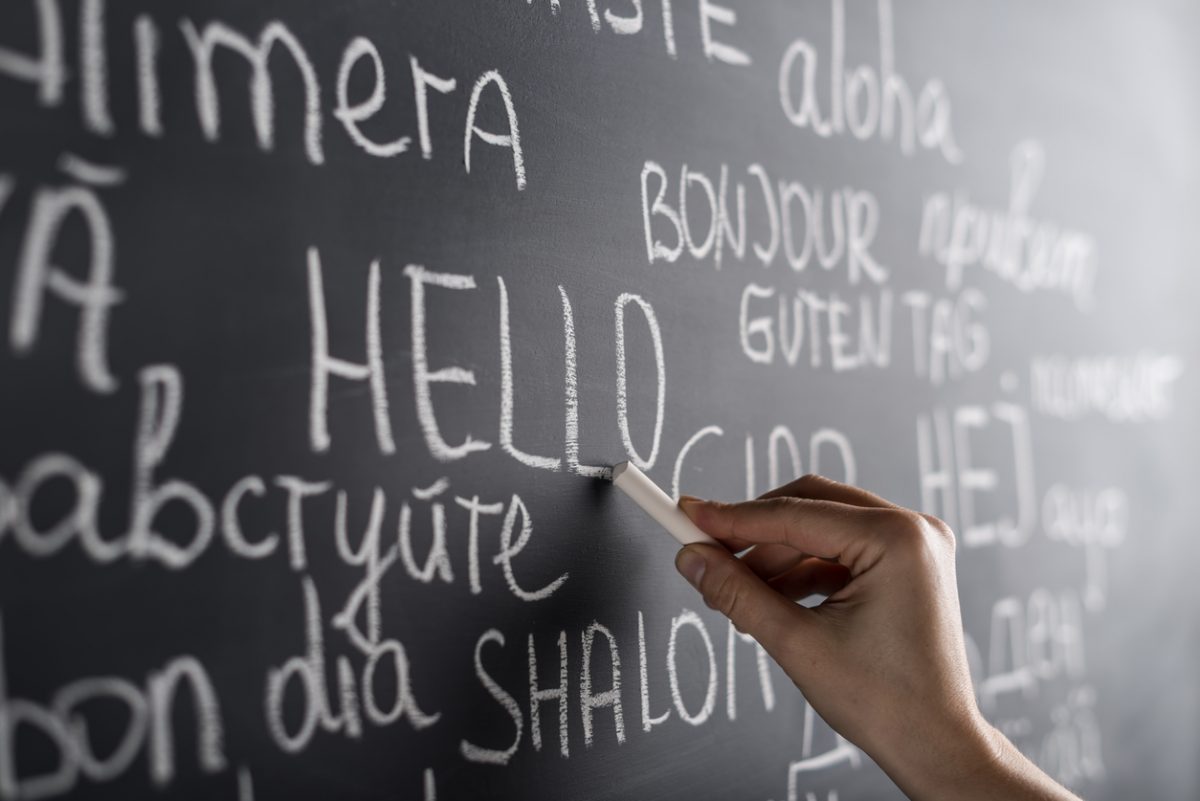
Microsoft believes its AI is able to translate Chinese as well as a human translator.
The company says the development represents a “major milestone” and was achieved by regularly feeding the AI with news stories often used across the AI industry for testing purposes.
Microsoft claims its AI translated the articles to the same level as two human bilingual translators.
The researchers aimed to replicate the ‘trial and error’ approach to how humans learn. With this in mind, the AI translated around 2,000 sentences from Chinese to English, and then back to Chinese to understand whether it was still logical.

A technique called ‘deliberation’ was then implemented to enable the AI to edit its translations, as a human translator would, to make the most sense. The AI compares translations by reading both from left to right, and right to left.
While it’s Google Translate which dominates the field in terms of usage, Microsoft Translate has been steadily improving. These latest advancements are yet to be rolled out to consumers, but will offer users a significant upgrade once it does.
“We’re working to bring this to production as soon as possible, but we have nothing to announce at this time,” said a company spokesperson. “In the future, these systems could be applied to Microsoft’s commercially available translation tools such as Microsoft Translator, which is available as an app, API, and also the translation engine for many Microsoft products including Office, Bing and others.”
The new translation system can be tested here. Microsoft has also made the research paper which details how it achieved human parity on Chinese-English translation available.
What are your thoughts on Microsoft’s AI translation achieving human parity?






“Microsoft’s AI can translate Chinese on parity with a human”